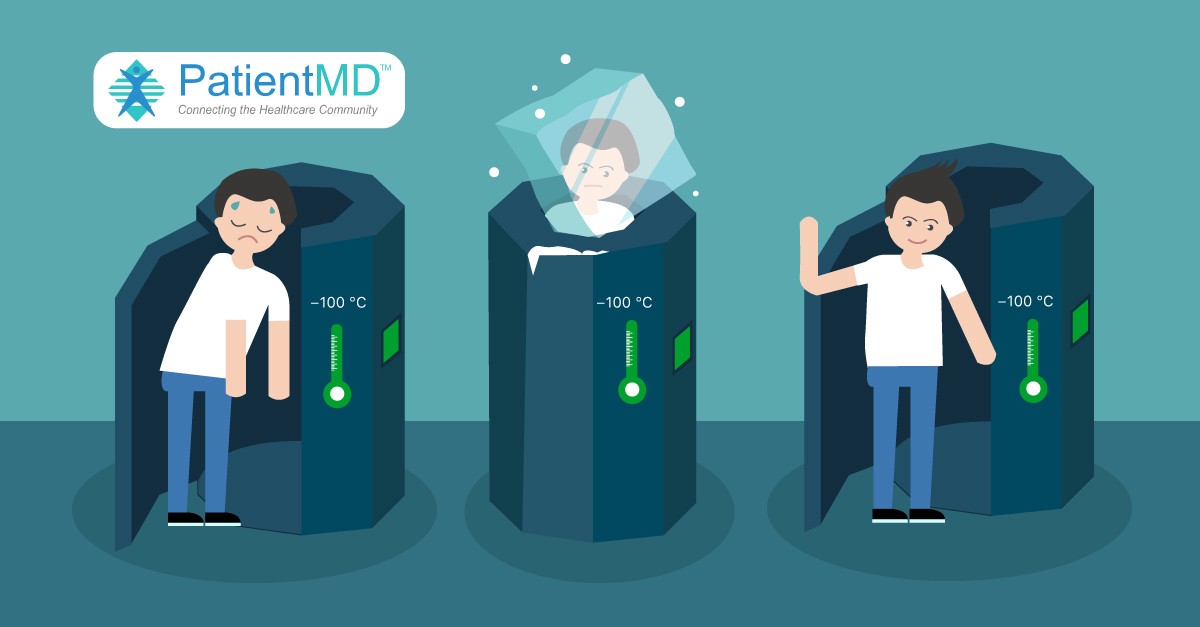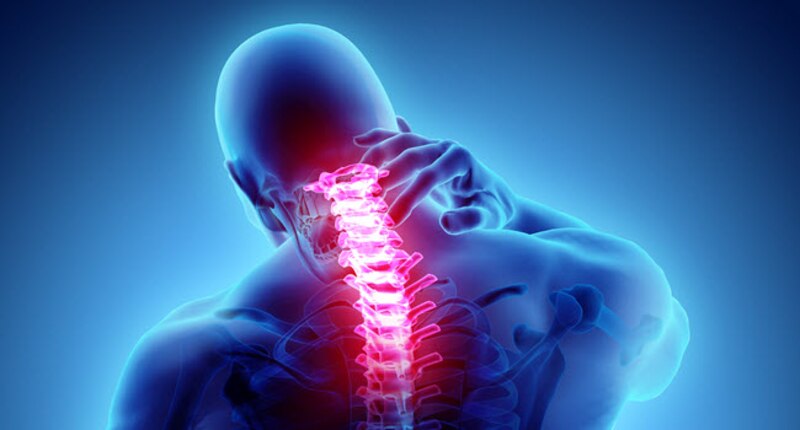
Importance of Amino Acids In Your Body
March 21, 2020
A Look Into Whole Body Cryotherapy (WBC)
May 3, 2020
Did you know different cultures treat pain differently? Some languages have lots of different words for pain and some have only one. WHY? At its foundation pain is a sensory experience that indicates the presence of threat or potential harm. Pain sensation is transmitted from the tissues along our nerves to our central nervous system where the threat is evaluated and reaction is determined. When we think of pain it is important to understand that there are two different components of pain. We have pain sensation which occurs in the tissue and pain interpretation which occurs primarily in the brain. Because of these two components of pain, pain and injury are not always related. It is possible (and can be relatively common) to have one without the other! Roughly speaking in healthy non injured tissue we all have the same base level of pain sensation. Meaning if I put all of our hands in water that was hot enough to burn it we would all have a sensation of pain. However we can have very different interpretations of pain. Using the example above. If you really trusted me and I burnt you, you might feel betrayed and the burn on your hand would have much more significance than the person who didn’t like me to begin with. They might just think well she sucks, but my hand will heal and then they will go on with the rest of their lives without too much thought of it.
In both cases the sensation of pain was sent to the brain but the interpretation of pain varied. Basically pain sensation is pretty straight forward. Your tissue experiences something that is causing or could cause harm and it notifies the brain. Pain interpretation can vary a lot depending on a range of different factors. Have you ever been in a situation where you’ve injured yourself but not noticed at the time? Maybe you were playing sport and needed to win or maybe you fell over in public and were super embarrassed! Both of these circumstances cause a rush of adrenalin that acts as a powerful pain reliever! Adrenaline helps your brain block pain sensations when it has other more important things to deal with. Usually when our life is in danger but also sometimes when we are trying to protect our social image too! In these cases our brain perceives pain as disproportionately lower than the tissue injury. Once we calm down and our brain is able to assess the injury than our pain returns. The opposite can happen too! If you have ever sat through a boring or especially stressful meeting then you may have noticed that pain in your back or in your knee gets worse and worse! To the point where you feel you need to move or leave, your injury didn’t get worse because your boss was in a bad mood but your perception of pain did. Stress basically has the opposite effect to adrenaline! When we have an injury, pain acts to protect us from making it worse, it encourages us to avoid things that are stressful so that we don’t put ourselves in a dangerous situation.
Nowadays most of our stress comes from tight bank accounts, arguments with family or unhappy colleagues. These things are more dangerous to our mental well being than our physical well being, but pain interpretation is a very primitive system. An easy way to think about it is that pain (interpretation) is a physical representation of harm or potential harm and stress is a psychological reaction to harm or potential harm. Pain interpretation and stress can be interchangeable and can drive each other. When we have an injury we often feel stressed about; can we work, can we play our favourite sport or play with our children? And we can also get pain that can be caused by stress! Ever heard the term I hold my tension in my neck? Stress can become physical pain as a way of encouraging us to move away from a situation.
But what does this mean for you? One simple way to reduce pain from stress is by finding ways to move more throughout the day. When we sit for long periods our body is physiologically stressed because of lower oxygen levels and reduced blood being pumped through the muscles. If we are stressed we tend to contract our muscles so we are ready to fight or run. This constant contraction becomes interpreted as pain! Moving more will help improve blood flow and give you body and your mind a much needed break! When we have an injury often our pain is made worse because of the feeling of loss that comes with it. When your knee pain is stopping you from playing your favourite sport then its going to feel like the enemy! The injury becomes the focus for the reason you can’t do what you love anymore! So if you must rest then it is important to discuss what you can still do with your clinician! This is a very brief introduction to understanding pain! When experiencing pain it is important to understand that inpretretation and sensation differ depending on our mental and emotional state including our stress levels and our ability to continue doing the things we love! Talk more with your clinician about how pain works in relation to your injury so you can get pain free faster!
Lucy W.
The post What Is Pain and Why Do We Experience It Differently? appeared first on Diversified Integrated Sports Clinic.
[ad_2]
Source link




